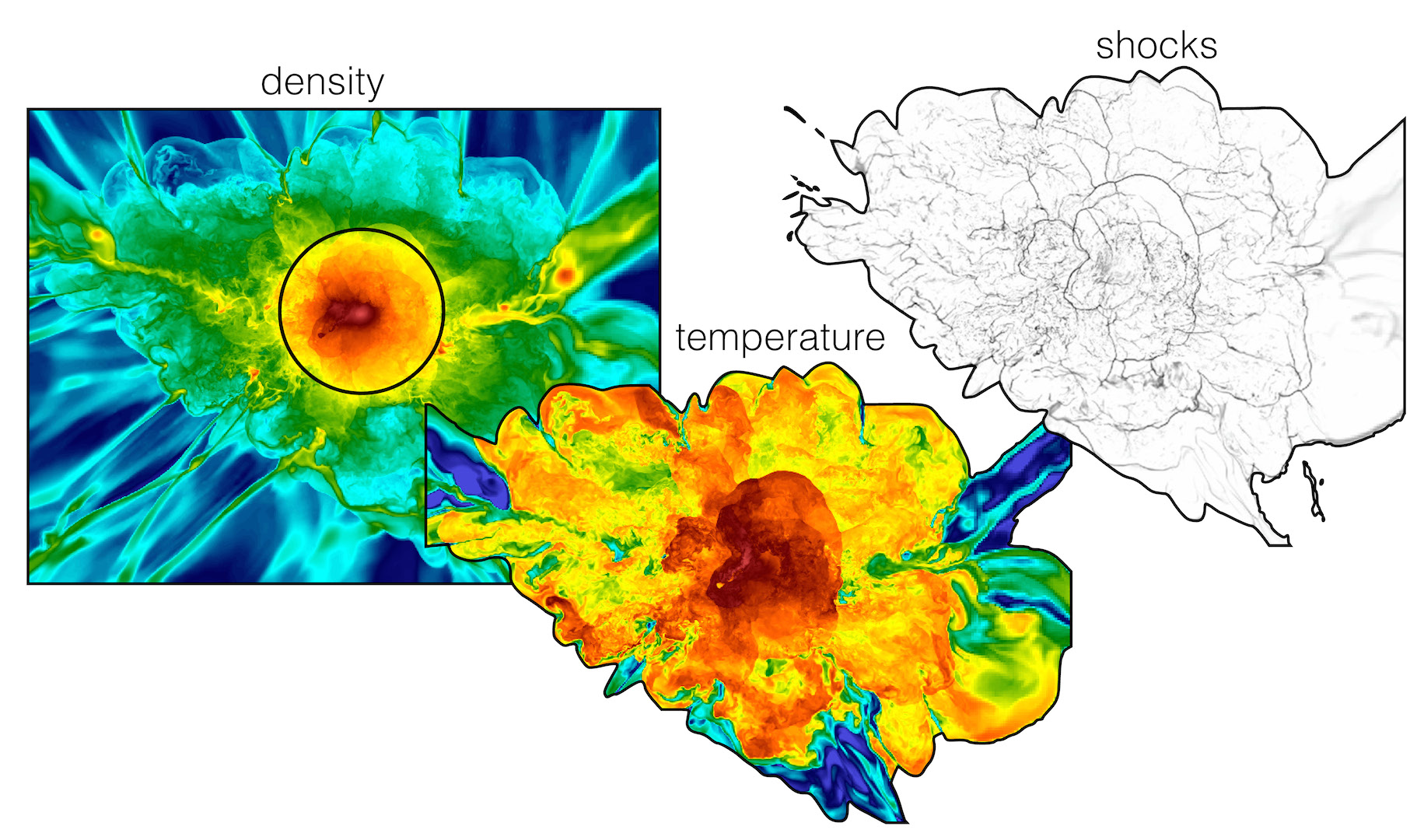Magnetic Fields
The origin of galactic-scale magnetic fields is poorly understood, and their role in cosmic structure formation is unknown, and thus they usually ignored. Over the last few years we have been developing techniques to detect and study magnetic fields in the high redshift Universe.
Polarized radio waves that pass through a magnetized plasma have their planes of polarization rotated by an amount that depends on the product of the free electron density and the component of the magnetic field that is parallel to the line of sight. This "Faraday Rotation" depends on the square of the wavelength, so by measuring the plane of polarization at different wavelengths, we can isolate the amount of Faraday Rotation that has occured. This is one of the few ways that are available to detect magnetic fields in the distant Universe.
In an important Nature paper that we published in 2008, we studied about 80 polarized radio quasars for which we had obtained high resolution optical spectroscopy. We showed that those quasars that exhbited intervening magnesium absorption in the optical spectra had, statistically, high amounts of Faraday Rotation. Magnesium absorption of this kind at high redhsifts is usually associated with material in the haloes of galaxies and this result suggested that we were seeing magnetized material associated with similar haloes.
We subsequently made this association more direct by identifying, with optical imaging, the parent galaxies that were responsible for the Magnesium absorption, showing that we could nerarly always find a plausible parent galaxies within about 150,000 light years of the line of sight to the background galaxy. This result tied in with other work that was being done in the group which had mapped the distribution of Magnesium absorption around galaxies which has indicated that material within this distance is being expelled from the galaxies in large-scale winds that are driven by energy injected into the interstellar medium of the galaxies from supernova explosions. The Faraday Rotation measurements indicate that these winds are highly magnetized, which has important implications for both the origin of magnetic fields in interstellar space and for the development of the large scale magnetic fields that we see in galaxies today.
Our work also suggests that these intervening magnetized plasmas are highly non-uniform, with large variations in density and/or magnetic field strength. We are now carrying out detailed observations with the VLA radio telescope in New Mexico to characterize this inhomogeneity in order to better understand conditions within these winds.
